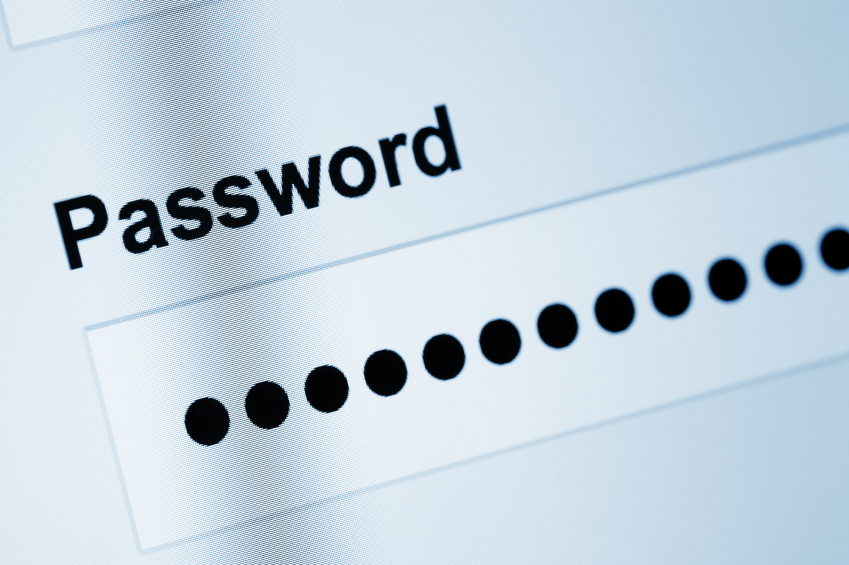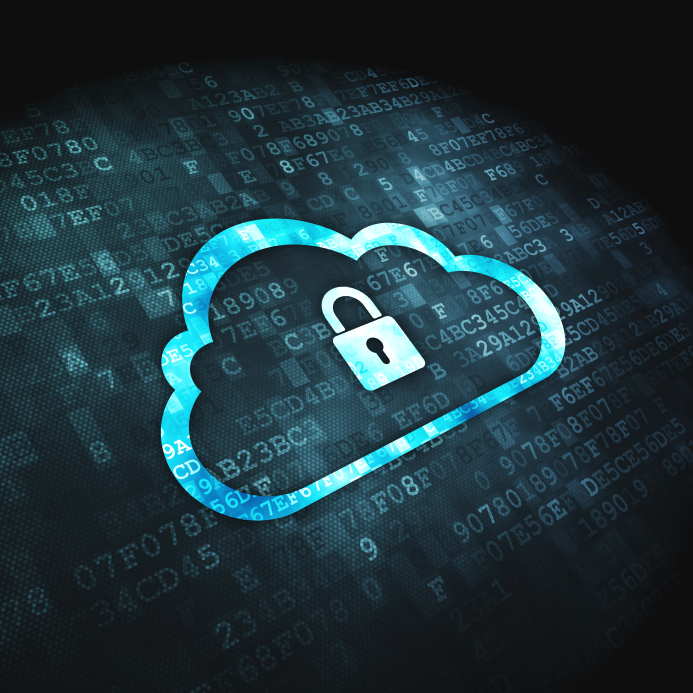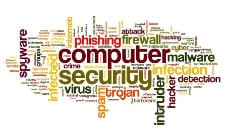Read the news, peruse the paper, review blogs and you will usually find the word compliance within minutes. You know it is more than the latest buzzword, though. It's a serious subject with severe penalties for businesses not following regulations. With that in mind, here are five things to remember when retaining documents for compliance:
Read MoreYour Document Management Knowledge Center
Anytime a system gets hacked the first thing we’re told to do is “change your password”. Following through with this advice is a smart move since it prevents stolen information from being used to gain access to users’ accounts. However, there is a challenge that arises in implementing this solution: the user.
While most large scale security breaches are from external attacks, the user of a system can create large and devastating security vulnerabilities. These largely stem from how users implement your system’s password requirements and their own bad habits in creating/managing their passwords.
The bad habits of your users can come back to haunt you, especially if it endangers your organizations legal obligations. Recently, the US Department of Health and Human Services fined “New York Presbyterian Hospital and Columbia University Medical Center $4.8 million for the disclosure of nearly 7,000 medical records because of lax technical safeguards” (Boston Globe).
Weak passwords make hacking easier. Ask yourself, “Is not having a password policy worth being fined over?” No, it’s not. If your organization handles documents and information that needs to be secured and stored electronically then you should begin implementing a password policy.
Businesses often believe their in-house security is enough to keep their information safe; it’s not.
Security policies and preventive measures often go unenforced and are difficult to monitor.
This leaves a business open to a list of potentially devastating problems:
Only 6% of companies that undergo a catastrophic data loss actually survive. That's not good!
According to research from the University of Texas, 43% of companies that experience a catastrophic data loss will never reopen and 51% will end up closing within 2 years. Even worse, 44% of these disasters are caused by system malfunction.
While natural disasters like fire and floods can be devastating, human error can destroy just as much information. If someone spills a cup of coffee on a stack of files or within a file cabinet, will that information be lost to you forever? How will you recover data from an employee’s stolen laptop?
Security, Reliability and Availability of SaaS Document Management
Managing your business documents and content has never been easier. With the advent of progressively better document management software applications, you can streamline your marketing content management and enterprise content administration using a variety of hosted workflow process automation and document management programs which ensure security, reliability and exceptional document sharing and accessibility features. This affords you controlled business continuity and collaboration measures, bolstering the overall efficiency of your business.
SaaS Document Management and Security of Your Content
Unlike on-premise document management systems which could expose your data and information to an array of risks--which could result in catastrophic losses--many SaaS document management software packages safeguard the security of your business documents. You would never have to worry about the risk of data losses resulting from fire, flood or employee incidents among others.
Better still, many guarantee the confidentiality of your documents. This is because with these solutions, you can include settings defining who can have access to what type of information. This means that you as an administrator have the authority to ensure that critical business content is available only to the designated team members in your organization.
Over the past few years, I've worked as an inbound marketing consultant for B2B organizations across the US and Canada. During that time, many documents have passed through my field of vision. I’ve had documents emailed, shared through the cloud, printed, and scanned to me. I feel as if I've seen it all.
Capturing, sharing, and storing documents with an online management system is the status quo for many organizations today. Since 80% of all corporate information is in the form of documents, managing them is essentially the same as managing your business intelligence. So are you proactively managing, or just statically storing your vital information?
No matter where your company operates or how large it is, having a Disaster Recovery Plan (DRP) and Business Continuity Plan (BCP) is an essential component of maintaining and growing a successful business.
When it comes to in-house security, there are endless measures to take in order to prepare for a disaster or a computer environment threat:










